New Sans, an ID please.
tropicbreezent
10 years ago
Featured Answer
Sort by:Oldest
Comments (23)
roberto2
10 years agoRelated Professionals
Maple Valley Landscape Architects & Landscape Designers · Ashburn Landscape Contractors · Bowie Landscape Contractors · College Park Landscape Contractors · Fridley Landscape Contractors · Galveston Landscape Contractors · Hayward Landscape Contractors · Lyndhurst Landscape Contractors · Mahwah Landscape Contractors · Paramount Landscape Contractors · Wailuku Landscape Contractors · Wareham Landscape Contractors · Fort Myers Window Contractors · Gardere Window Contractors · Sayville Window Contractorsbeth95
10 years agotropicbreezent
10 years agoroberto2
10 years agoSolar_Storm
10 years agoStush2049 Pitts. PA, zone 6
10 years agotropicbreezent
10 years agobarbmock
10 years agoStush2049 Pitts. PA, zone 6
10 years agobarbmock
10 years agoroberto2
10 years agoSolar_Storm
10 years agoStush2049 Pitts. PA, zone 6
10 years agotropicbreezent
9 years agopetrushka (7b)
9 years agotropicbreezent
9 years agobarbmock
9 years agotropicbreezent
9 years agobarbmock
9 years agopetrushka (7b)
9 years agotropicbreezent
9 years agopetrushka (7b)
9 years ago
Related Stories

HOUSEPLANTSMother-in-Law's Tongue: Surprisingly Easy to Please
This low-maintenance, high-impact houseplant fits in with any design and can clear the air, too
Full Story
HOME OFFICESQuiet, Please! How to Cut Noise Pollution at Home
Leaf blowers, trucks or noisy neighbors driving you berserk? These sound-reduction strategies can help you hush things up
Full Story
BATHROOM DESIGNUpload of the Day: A Mini Fridge in the Master Bathroom? Yes, Please!
Talk about convenience. Better yet, get it yourself after being inspired by this Texas bath
Full Story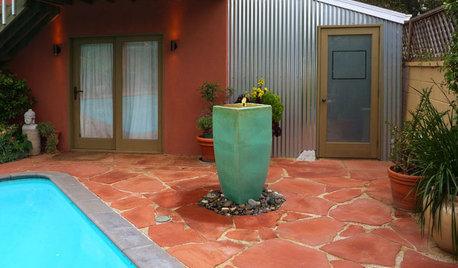
BEFORE AND AFTERSMore Room, Please: 5 Spectacularly Converted Garages
Design — and the desire for more space — turns humble garages into gracious living rooms
Full Story
INDUSTRIAL STYLEKitchen of the Week: Style Trumps Ease in a San Francisco Loft
What’s a little ladder climbing when you’ve got a gorgeous-looking kitchen design like this?
Full Story
KITCHEN DESIGNKitchen of the Week: Pushing Boundaries in a San Francisco Victorian
If the roll-up garage door doesn’t clue you in, the blue cabinets and oversize molding will: This kitchen is no ordinary Victorian galley
Full Story
APARTMENTSMy Houzz: High Style and Discount Finds Mix in a San Francisco Rental
With combined styles, an elegant palette and a stellar bay view, this hilltop apartment is a vision of loveliness
Full Story
TRADITIONAL HOMESHouzz Tour: Antiques and Old-World Luxury in the San Francisco Hills
Traditional furnishings and muted colors complement European architecture in a beautifully remodeled 1912 house
Full Story
KITCHEN DESIGNKitchen of the Week: An 'Aha' Tile Moment in San Francisco
Design inspiration sometimes strikes in the place you'd least expect
Full StoryMore Discussions






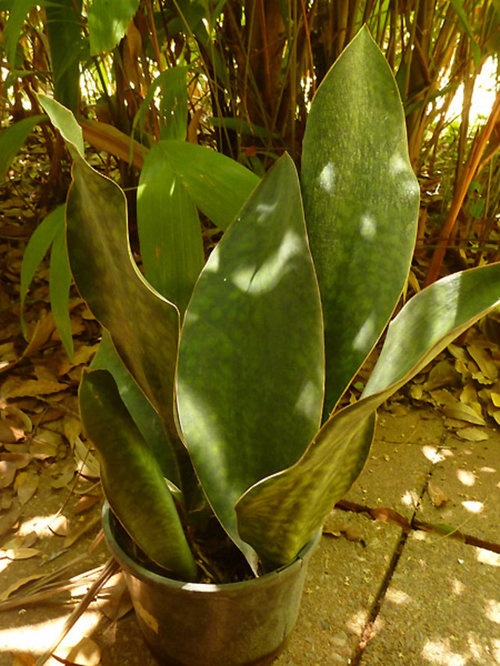
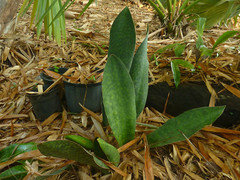

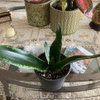

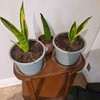
Stush2049 Pitts. PA, zone 6